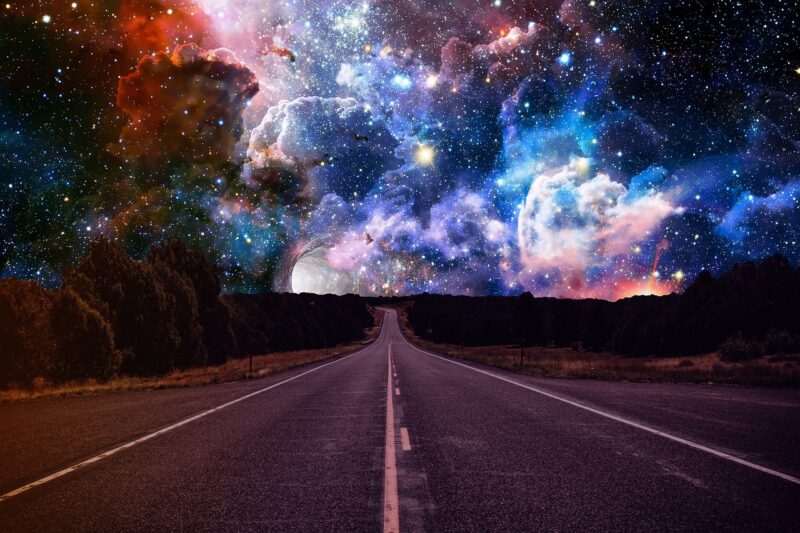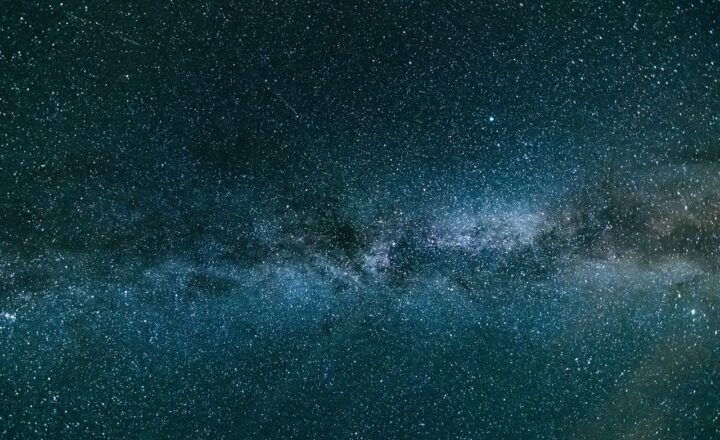The Evolution of Stars: From Birth to Supernova, How Stars Shape the Cosmos
November 12, 2024

The universe is a dynamic, ever-changing tapestry, and at its heart lies the brilliant birth, life, and death of stars. From the first moments of creation to their spectacular finishes, stars are fundamental to the cosmic story—serving as stellar furnaces where elements are formed and as the luminous beacons that guide us in the vastness of space.
1. The Birth of a Star: Stellar Nurseries
The life of a star begins in the cold, dense regions of molecular clouds in space—often referred to as stellar nurseries. Here, the gravitational forces pull together gas and dust, incrementally increasing density until nuclear fusion ignites in the core of a new star.
– Molecular Clouds: Composed mostly of hydrogen, these dense clouds serve as the birthplace of stars. When regions within the cloud become dense enough, they begin to collapse under their own gravity.
– Protostar Formation: As matter falls inward, it heats up, forming a protostar. This is a crucial stage where the temperature and pressure rise dramatically, eventually igniting nuclear fusion in the core.
– Hydrogen Fusion: Once fusion kicks in, the star enters a stable phase known as the main sequence, where it will spend the majority of its life. Stars like our Sun are currently in this phase.
2. The Main Sequence: The Longest Phase
Stars spend about 90% of their lifetimes in the main sequence phase, where they fuse hydrogen into helium in their cores. Their luminosity and temperature dictate their classification, dividing them into different types based on size and brightness—ranging from red dwarfs to blue giants.
– Stellar Classification: Stars are broadly classified into spectral types: O, B, A, F, G, K, and M. This hierarchy is determined by temperature and color.
– Hydrostatic Equilibrium: During this phase, a balance exists between the inward pull of gravity and the outward pressure from nuclear fusion, creating a stable state.
– Lifespan Variability: The mass of a star primarily affects its lifespan. Massive stars burn through their fuel quickly and evolve rapidly compared to smaller stars that can exist for billions of years.
3. The Red Giant Phase: Transformation and Expansion
Once a star exhausts its hydrogen fuel, it enters the next stage of evolution, expanding into a red giant. This transformation is remarkable and brings several changes:
– Helium Fusion: In the core, temperatures rise enough to initiate the fusion of helium into carbon and oxygen, driving the star’s expansion.
– Outer Layers Expand: The outer layers of the star cool and swell, taking on a reddish hue.
– Planetary Nebula Formation: For stars with a mass similar to our Sun, the outer layers eventually peel away, forming a planetary nebula while the core becomes a white dwarf.
4. Supernova: The Cataclysmic Finale
For massive stars (those at least eight times the mass of the Sun), the end is much more dramatic. These stars undergo catastrophic explosions known as supernovae:
– Core Collapse: When a massive star exhausts its nuclear fuel, the core collapses under gravity. This triggers a rapid increase in temperature, resulting in an explosive outburst.
– Nucleosynthesis: During a supernova, a cascade of nuclear reactions occurs, producing heavy elements like gold and uranium. These elements are ejected into space, enriching the interstellar medium.
– Neutron Stars and Black Holes: Depending on the remaining core mass after the explosion, the remnants can become neutron stars or collapse further into black holes.
5. The Cosmic Impact: How Stars Shape the Universe
The life cycle of stars is pivotal not just for them but for the formation and evolution of galaxies and planetary systems. Stars influence their surroundings in numerous ways:
– Chemical Enrichment: The heavy elements produced in stars and ejected through supernovae seeding the interstellar medium form new stars and planets.
– Star Clusters: Stars often form in clusters, influencing star formation rates in their vicinity and remaining connected through gravitational interactions.
– Dark Matter Conundrum: The role of stars in galaxy formation poses questions about the nature of dark matter and its distribution, while supernovae contribute to the dynamics of galaxy evolution.
Conclusion: The Circle of Stellar Life
The journey of a star from its birth to its explosive end not only illustrates the beauty and complexity of the cosmos but also emphasizes the interconnectedness of everything within it. The atoms that make up our bodies are forged in the hearts of stars—making us a part of this grand cosmic cycle. Continuing to study these celestial bodies allows us to unravel the mysteries of our universe and our place within it, sparking endless curiosity about what lies beyond our starlit sky.
Every moment, stars continue to be born, live, and die across the universe—testaments to a continuum of creation that shapes the cosmos for future generations to explore and admire.








